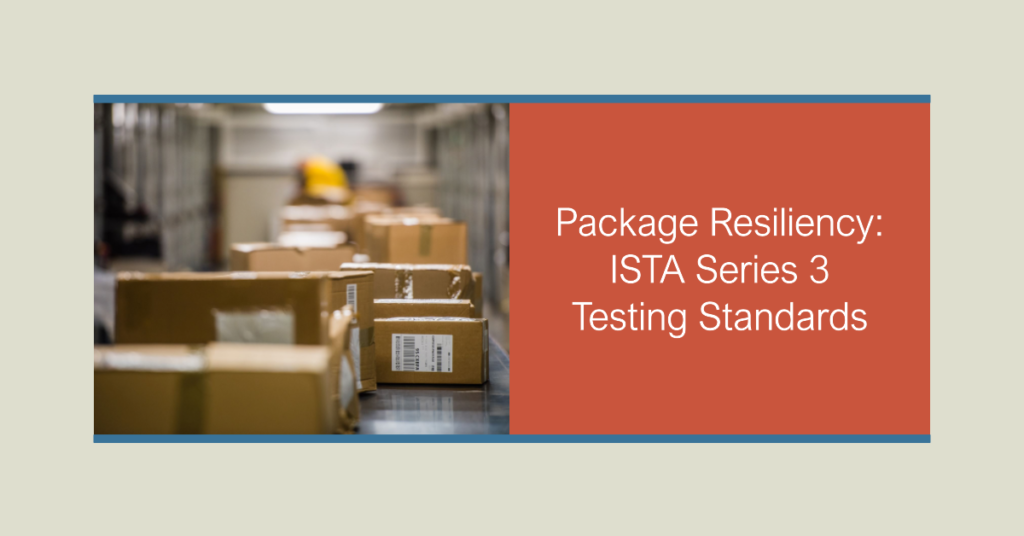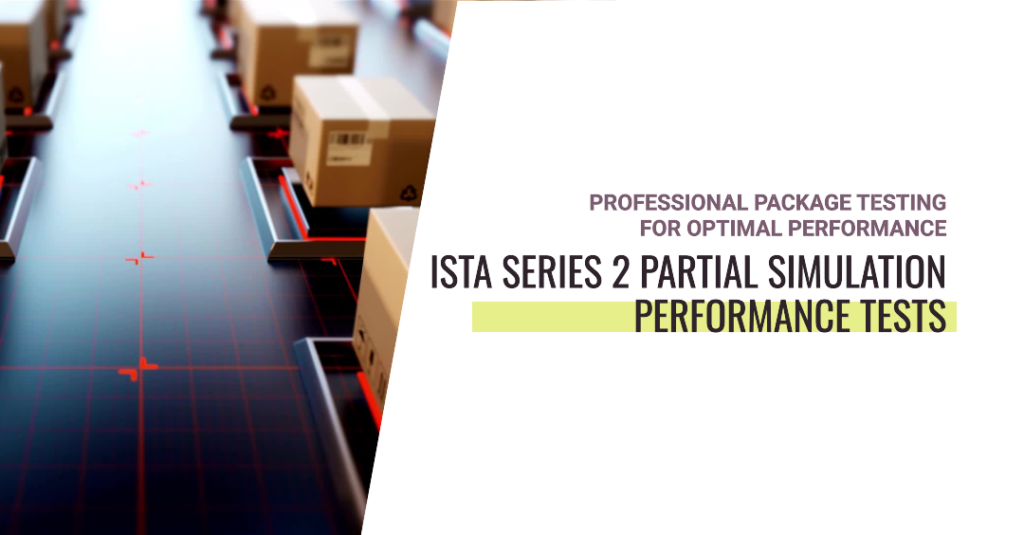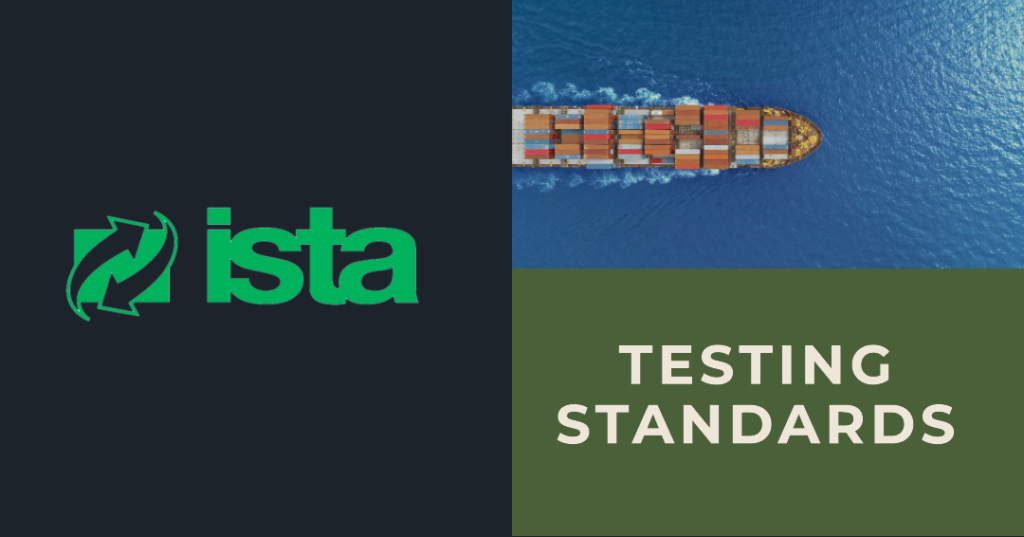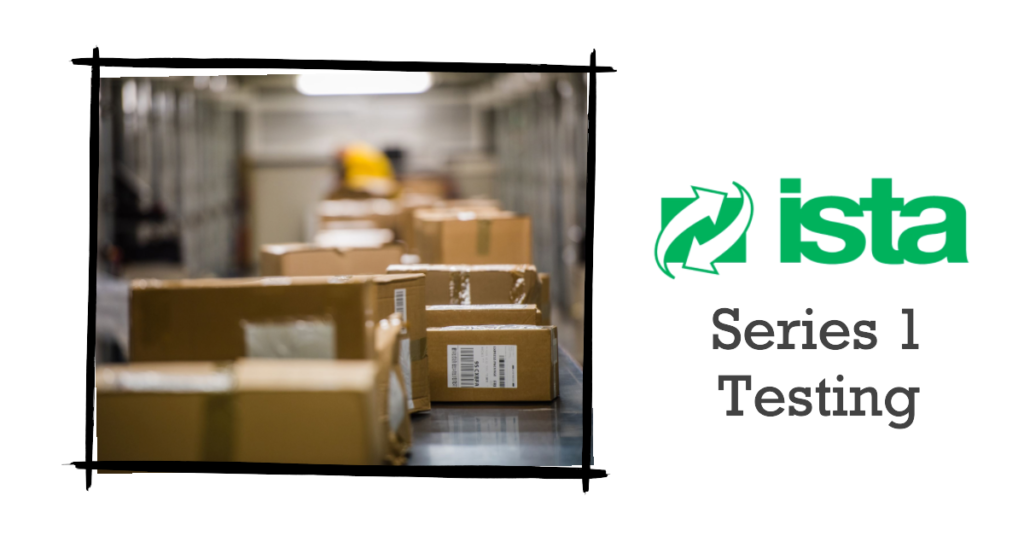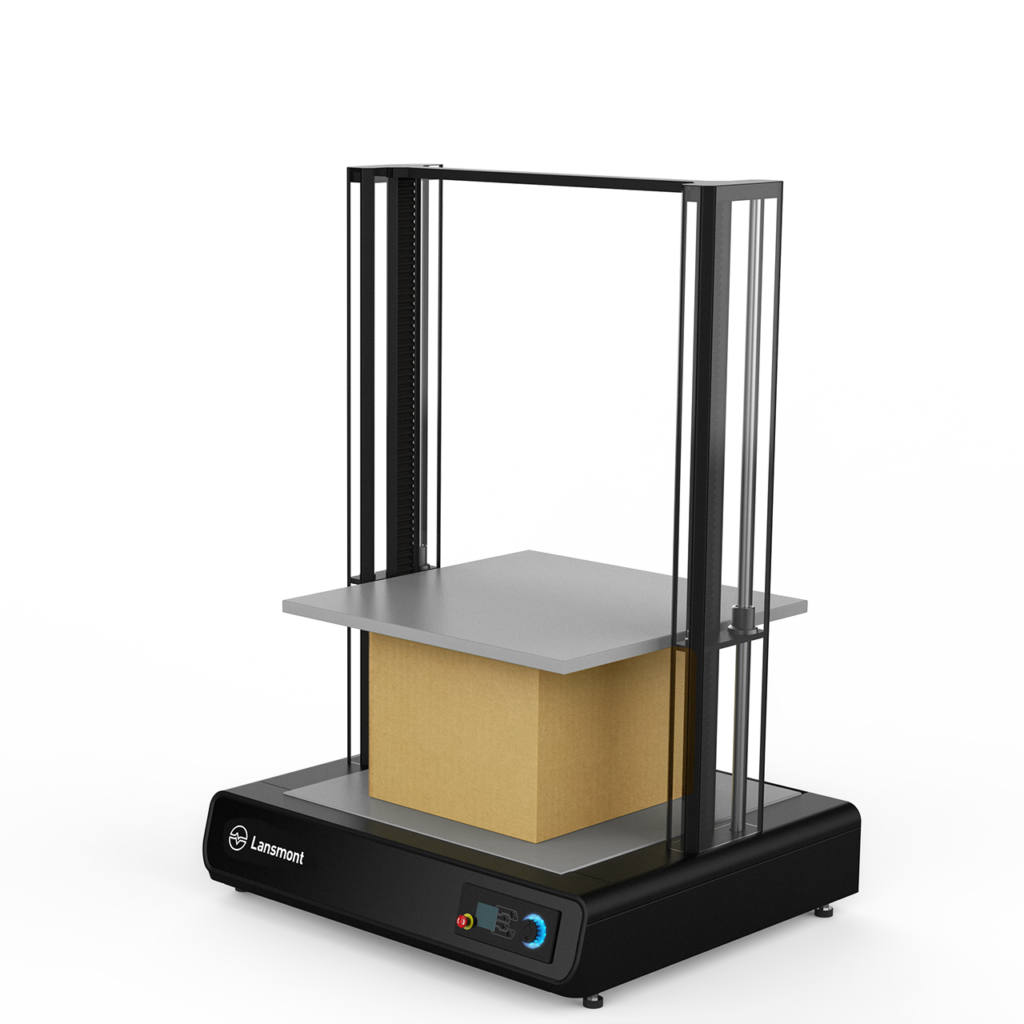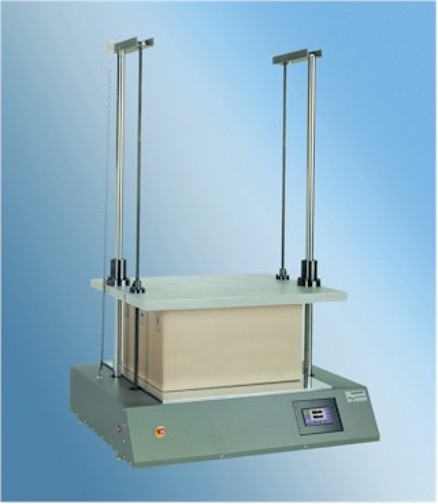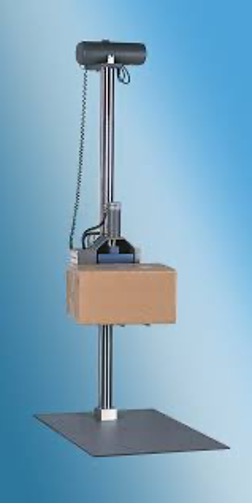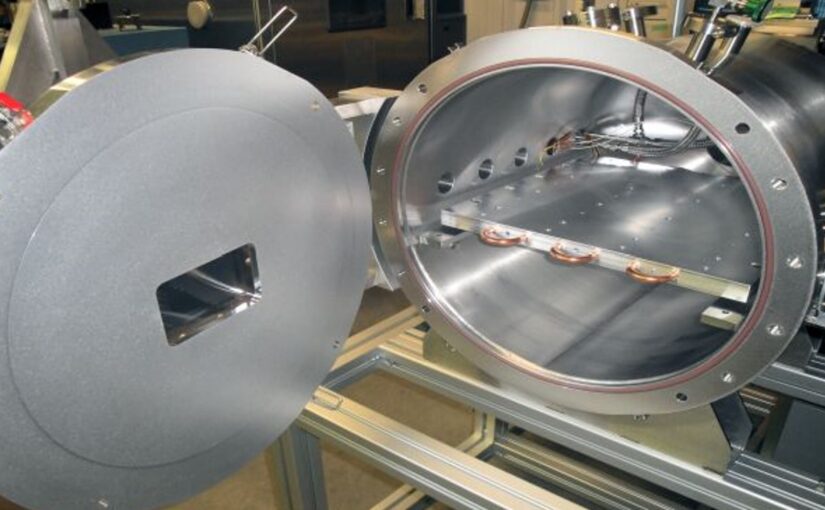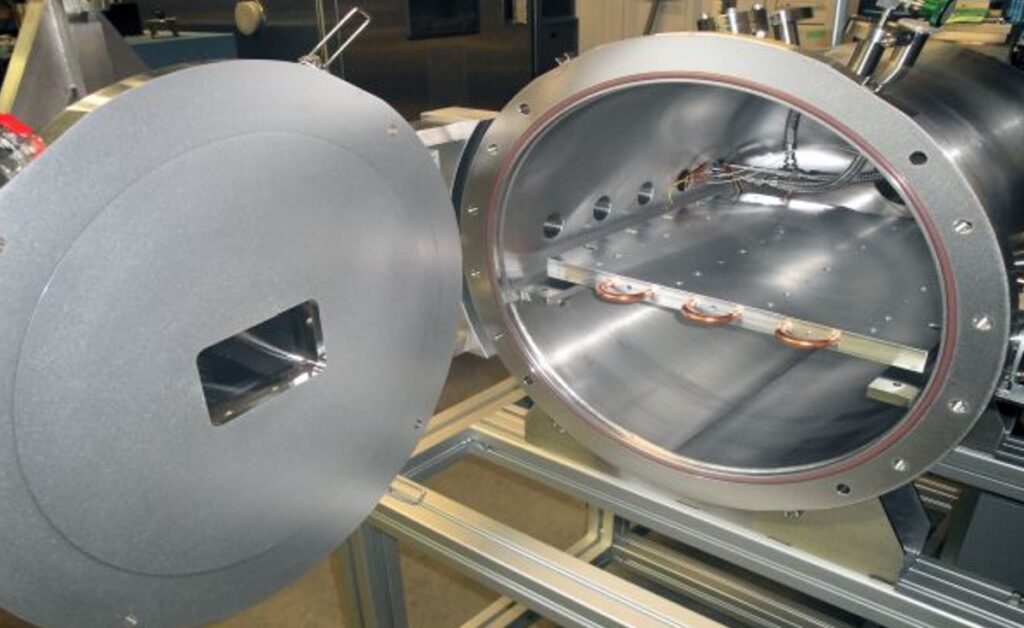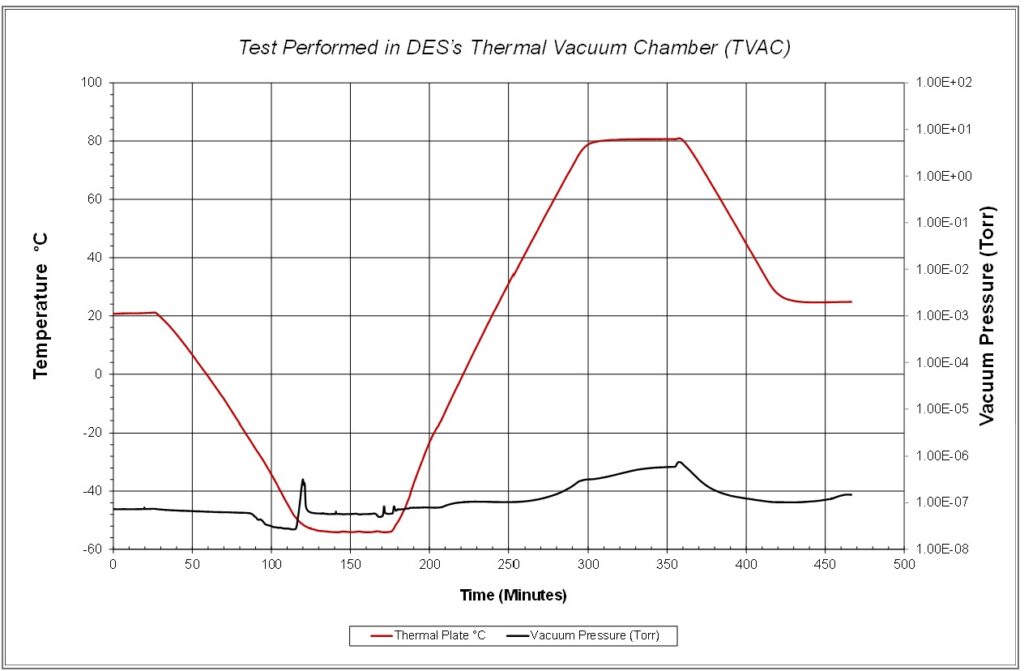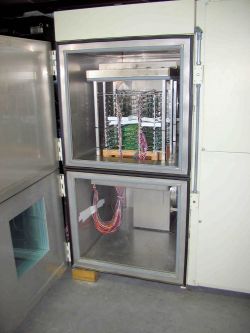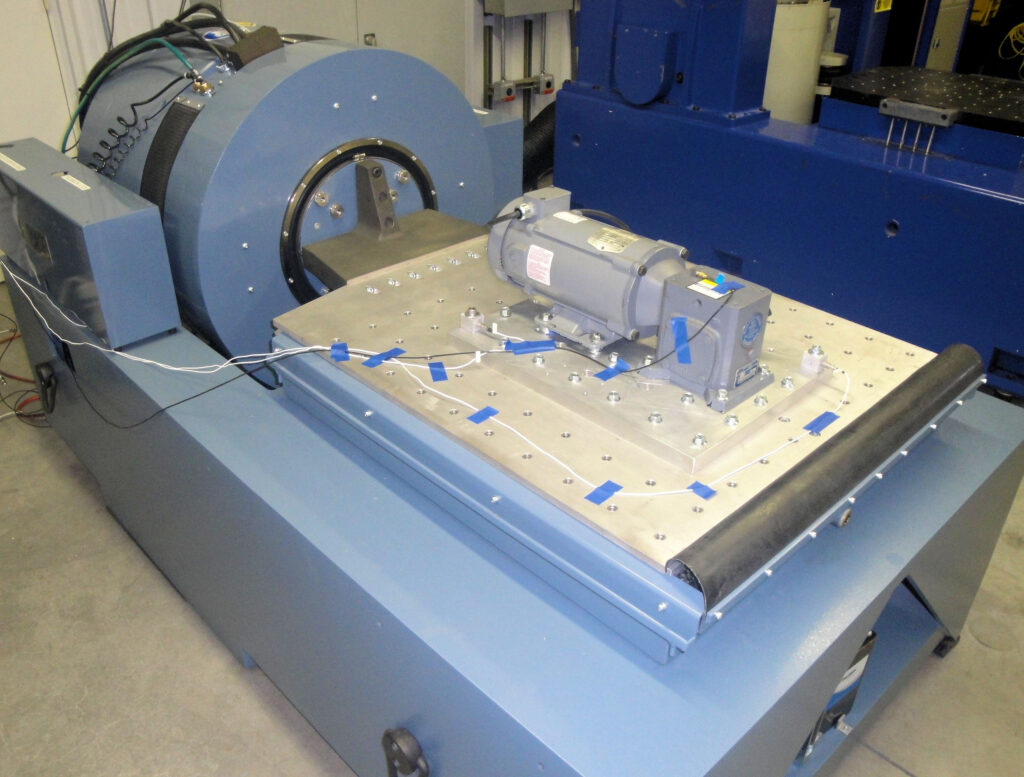
IEC 60068 Explained: A Deep Dive into Vibration Testing Standards
What is IEC 60068 Vibration Testing?
IEC 60068-2 is a subset of the broader IEC 60068 series, which sets out international test standards for various environmental tests on products, equipment, and components. Included within the IEC 60068-2 series are the vibration test standards:
- IEC 60068-2-6 Environmental testing Part 2-6: Test Fc: Vibration (sinusoidal)
- IEC 60068-2-64 Environmental testing Part 2-64: Test Fh: Vibration, Broadband Random, and Guidance
DES has extensive experience performing many vibration tests to IEC 60068-2-6 and IEC 60068-2-64. We are A2LA accredited to those standards.
Why perform IEC 60068 Vibration Testing?
- All products will likely experience some vibration during their lifetime from shipping and transportation. Thus, some level of vibration testing is valuable.
- For items being sold outside of the USA, the results from vibration testing to IEC 60068-2-6 and IEC 60068-2-64 are accepted worldwide.
- IEC 60068-2-6 and IEC 60068-2-64 can be used to evaluate the reliability and performance of products that will be exposed to vibration environments.
- They are useful to assess the durability and performance of connectors exposed to harsh conditions such as military, automotive, and space environments. During the vibration, the connectors are monitored for intermittent electrical contact with specialized equipment provided by DES.
- Manufacturers can validate the structural integrity of items and identify possible degradation under different vibration conditions.
- Automotive and aerospace suppliers can evaluate the reliability, durability, and performance of their components that are subjected to intense vibration during their lifetime.
- IEC 60068-2-6 and IEC 60068-2-64 can be used to investigate structural dynamic characteristics for items used in spacecraft programs.
- Testing to these standards can simulate the stresses that occur during the life of a product giving confidence in its performance and longevity.
- Products can be developed to function and withstand vibration exposures encountered during their life cycle.
- Companies can evaluate the durability and performance of components, equipment, and articles during transportation and service vibration.
IEC 60068-2-6: Sinusoidal Vibration Test Standard
IEC 60068-2-6 is a test standard for Sinusoidal Vibration Testing. It defines a procedure for testing specimens to sinusoidal vibrations over a specified frequency range for a given duration. It is applicable (but not limited) to products or components that are subjected to harmonic vibrations such as rotating, pulsating, or oscillating forces that occur in ships, aircraft, land vehicles, rotorcraft, machinery, space applications, and seismic events.
Much of the IEC 60068-2-6 specification deals with controlling the test parameters. Other parts cover various test severities such as the vibration amplitude, frequency ranges, and durations. It is up to the user to choose which test severities are applicable to their products. Annex A in IEC 60068-2-6 gives some guidance on testing. Annexes B and C provide examples of severities based on different applications. The user must also specify whether the specimen shall be functional during the vibration test or whether it can be functionally tested before and after.
IEC 60068-2-6 endurance testing can be accomplished either by endurance by sweeping or endurance at fixed frequencies. Endurance by sweeping is performed by continuously sweeping or varying the sinusoidal vibrations from the lowest to the highest to the lowest frequencies for a chosen number of sweep cycles. Endurance at fixed frequencies is completed by subjecting the specimens to a sine dwell at the product resonances for a fixed duration and vibration amplitude.
Contact DES today to discuss your IEC 60068-2-6 vibration testing requirements with one of our experts.
The Random Vibration Test: An In-depth Look at IEC 60068-2-64
IEC 60068-2-64 is a procedure for Random Vibration Testing of components, products and equipment. Random vibration occurs in transportation environments, vehicles, aircraft, aerospace, military environments, etc. Random vibration tests can also be useful for evaluating the general robustness and durability of products and components. IEC 60068-2-64 defines requirements for subjecting specimens to broadband random vibration tests over a specified frequency range for a given duration. It is primarily intended for specimens that are unpackaged, however, a packaged product can be tested using transportation vibrations.
The first part of IEC 60068-2-64 covers controlling the test parameters. Subsequent parts of IEC 60068-2-64 list various test severities such as the Grms value of acceleration, the frequency range, and the duration of testing. Similar to IEC 60068-2-6, the user chooses what test severities to apply to their products and if the specimen shall be functional during the vibration test or whether it should be functionally tested before and after. Annex A in IEC 60068-2-64 provides examples of severities based on different applications. Annexes B and C provide information and guidance.
An optional low-level vibration response investigation (sometimes called a resonance scan or modal survey) can be performed before and after the random vibration in each axis. The vibration response investigation can be either a sinusoidal vibration sweep or random vibration applied for a short duration. In either case, the vibrations should be low level to avoid damaging the test specimen but high enough to excite resonances.
Completing the Vibration Test
Once all the severities are chosen in either IEC 60068-2-6 or IEC 60068-2-64, the testing is performed along three perpendicular axes, one at a time. Upon completion of the vibration test, DES will promptly deliver a detailed test report that includes the customer’s name and address, the test dates, a summary of the test procedure, chosen severities, equipment & measuring system calibration information, operational test data, test observations & results, color pictures of the vibration test setup and color pictures of any failures.
Secure your product’s market success with DES’s comprehensive random vibration testing services. Contact us now and let’s get started.
DES Your Go-To for IEC 60068 Compliant Vibration Testing
Choosing the right partner for your vibration testing needs is crucial. At Delserro Engineering Solutions, we offer a comprehensive suite of services designed to ensure your products meet the stringent IEC 60068 standards. Here’s why DES should be your first choice:
- Customized Solutions: We design and fabricate your vibration test fixtures tailored to your specific needs.
- Precision and Care: Our test setup process is meticulous, incorporating control and response accelerometer placement, correct bolt torque application, and organized cable routing.
- Quality Assurance: As an accredited laboratory, we adhere to IEC 60068-2-6 and IEC 60068-2-64 test standards, ensuring quality and compliance.
- Advanced Facilities: With our state-of-the-art testing facilities and equipment, we are equipped to handle a wide range of vibration test requirements.
- Extensive Experience: Our team has a broad range of experience in vibration testing, including products used in outer space, rockets, missiles, automotive and truck environments, military environments, and medical environments.
Contact DES today to discuss your vibration testing requirements with one of our experts.
If you want to learn more about different types of vibration testing, please read these related blog articles:
